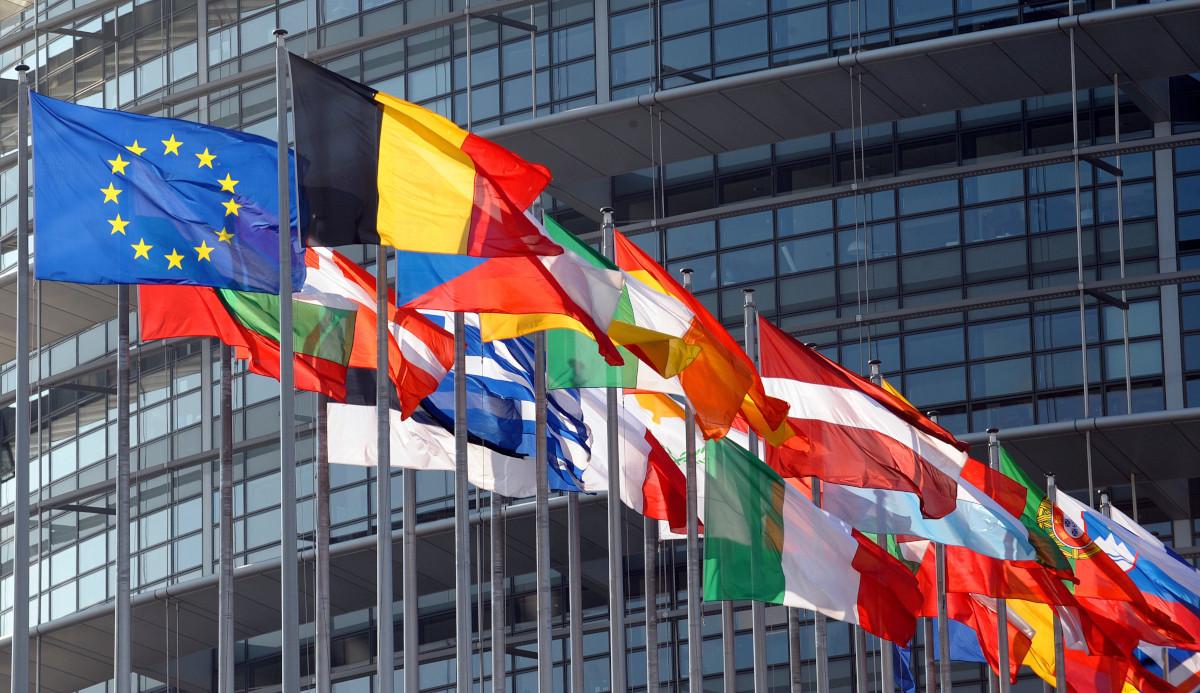Translation of legal text needs expertise in both law and translation to preserve the precise semantics. Apart from having to follow a generic style guide , there are additional aspects of translating the European Union’s legislative documents.

First, for the sake of consistency, former precedent for translating a phrase must be followed. Although room for subjective phrasing in legal texts is already reduced, this criteria further restricts the translator’s freedom. In exchange, the legislative documents have high coherency. It is the translator’s task to diligently track down and annotate prior art of suspected phrases.
Generally, a well-researched and annotated output is likely to have higher quality. This is important from a business point as well. Missing prior art, apart from the lost chance of sparing translation effort, may lead to worse quality ranking, and on the long term losing tenders.
To apply due diligence, translators annotate matched phrases with a match reference, most often the document’s Celex number. The go-to service for looking up matches so far is EUR-Lex . But the Eur-Lex interface was not designed for the translation use-case, rather topic research. For a term query, the user is presented with a list of documents. Manually opening these documents and again searching for the terms is a tedious task, which could easily take 10 minutes per query.
Juremy improves the quality of legal translation by providing fast and accurate search on the EU legal corpus. This incentivizes translators to perform more lookups, leading to improved document quality with less time and effort spent.
